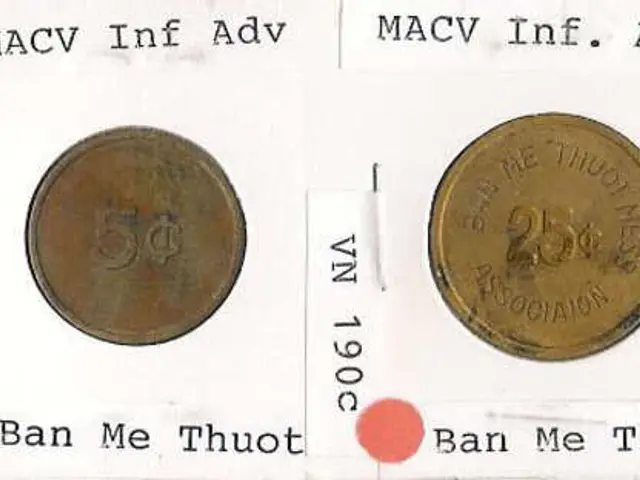Consultation by the Commission on a proposed directive aiming to harmonize laws among Member States for safeguarding employees from potential risks associated with electronic communication network usage.
Residual debt insurance, a type of risk insurance, is a common addition to loan agreements in Germany. This insurance covers loan installments in case of illness, unemployment, disability, incapacity for work, accident, or death.
The cost of residual debt insurance can vary greatly, depending on factors such as the scope of insurance, the amount and term of the insured credit, and the insured person. On average, it can amount to approximately 10-15% of the loan amount. In some cases, it can make up 20% or more of the total loan amount, especially if paid as a one-time premium.
It's important to note that the costs of residual debt insurance are not always included in the effective interest rate. Historically, when the insurance was offered together with the loan but not compulsory, the insurance premium was often financed as a separate one-time payment added to the loan amount. However, for certain loans like real estate consumer loans where the insurance is mandatory, the costs must be included in the effective interest rate.
Since 2025, loans and residual debt insurance contracts may no longer be concluded simultaneously, reflecting regulatory changes aimed at transparency. This addresses a regulatory gap that has existed, as the exclusion of residual debt insurance costs from the effective rate has not always been clear.
A 14-day right of withdrawal applies for residual debt insurance, and for death protection, the period is 30 days. However, it's crucial to carefully weigh the decision to take out a residual debt insurance, as it comes with costs that increase the loan amount and interest burden.
Residual debt insurance can be useful for large investments financed by a loan, particularly for sole earners in a family. It can also help you get a loan if your creditworthiness alone is not sufficient. When refinancing a loan, the residual debt insurance remains valid and must be cancelled separately.
Risk life insurance, costing less than 10 € per month, is a cheaper alternative to residual debt insurance. However, it does not cover the risks of illness, unemployment, disability, incapacity for work, or accident.
As of now, there are around 1.5 million ongoing contracts for credit insurance in Germany. It's essential to compare residual debt insurance offers carefully, as the scope of insurance determines when the insurance pays and when it does not.
In Germany, the lender must include the costs of a residual debt insurance in the effective interest rate only if they insist on its conclusion. The present value of all contributions for a residual debt insurance is a crucial indicator, with a higher present value indicating a more expensive insurance offer.
In conclusion, while residual debt insurance can provide peace of mind for borrowers, it's crucial to understand its costs and benefits before making a decision. It's always a good idea to compare different offers and consider alternatives like risk life insurance.
Read also:
- Peptide YY (PYY): Exploring its Role in Appetite Suppression, Intestinal Health, and Cognitive Links
- Toddler Health: Rotavirus Signs, Origins, and Potential Complications
- Digestive issues and heart discomfort: Root causes and associated health conditions
- House Infernos: Deadly Hazards Surpassing the Flames








